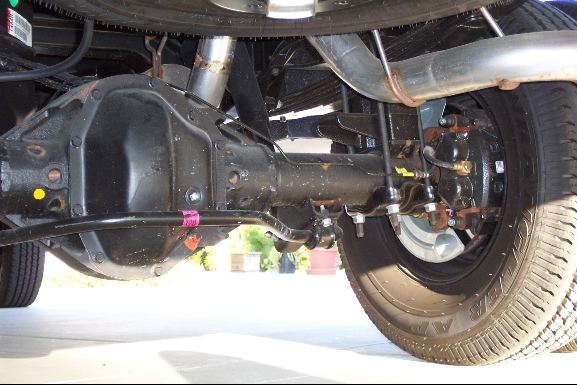http://gator4x4.com/photosets/hellrun/DSC00588
Hi Ive been reading some of these posts on the 4bt cummins,and I was wondering if doing the swap would be worth it.
1 How much roughly would it cost to do ?
2 How hard would it be to install in a 1/2 ton?
3 How many parts of my drive line would fail ?
4 How much mpg could I get?
5 what gearing would I have to run?
6 what does the 4bt weigh wet?
I use my truck as a mule dd ,offroading and towing sometimes 8000+ pounds .
thanks
Hi Ive been reading some of these posts on the 4bt cummins,and I was wondering if doing the swap would be worth it.
1 How much roughly would it cost to do ?
2 How hard would it be to install in a 1/2 ton?
3 How many parts of my drive line would fail ?
4 How much mpg could I get?
5 what gearing would I have to run?
6 what does the 4bt weigh wet?
I use my truck as a mule dd ,offroading and towing sometimes 8000+ pounds .
thanks

Comment